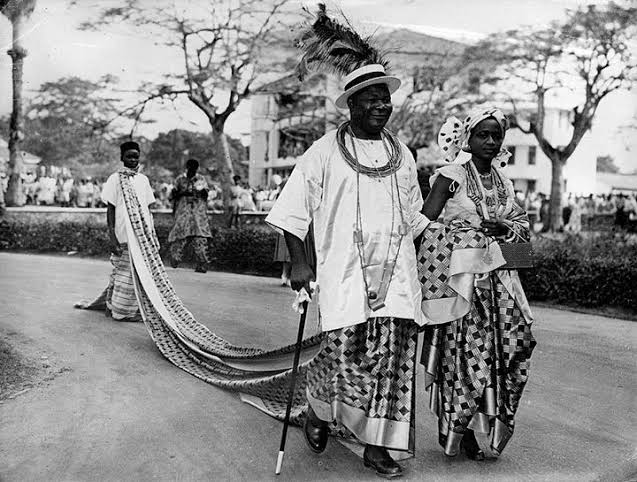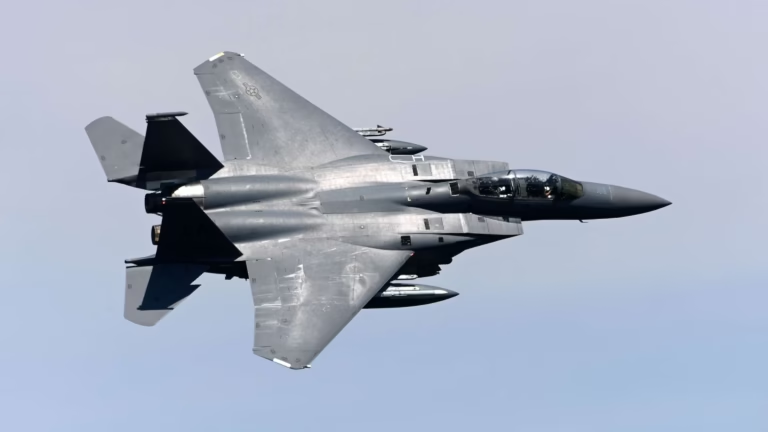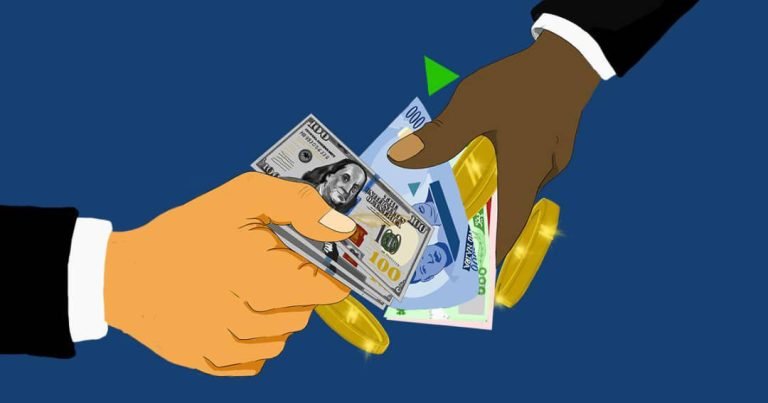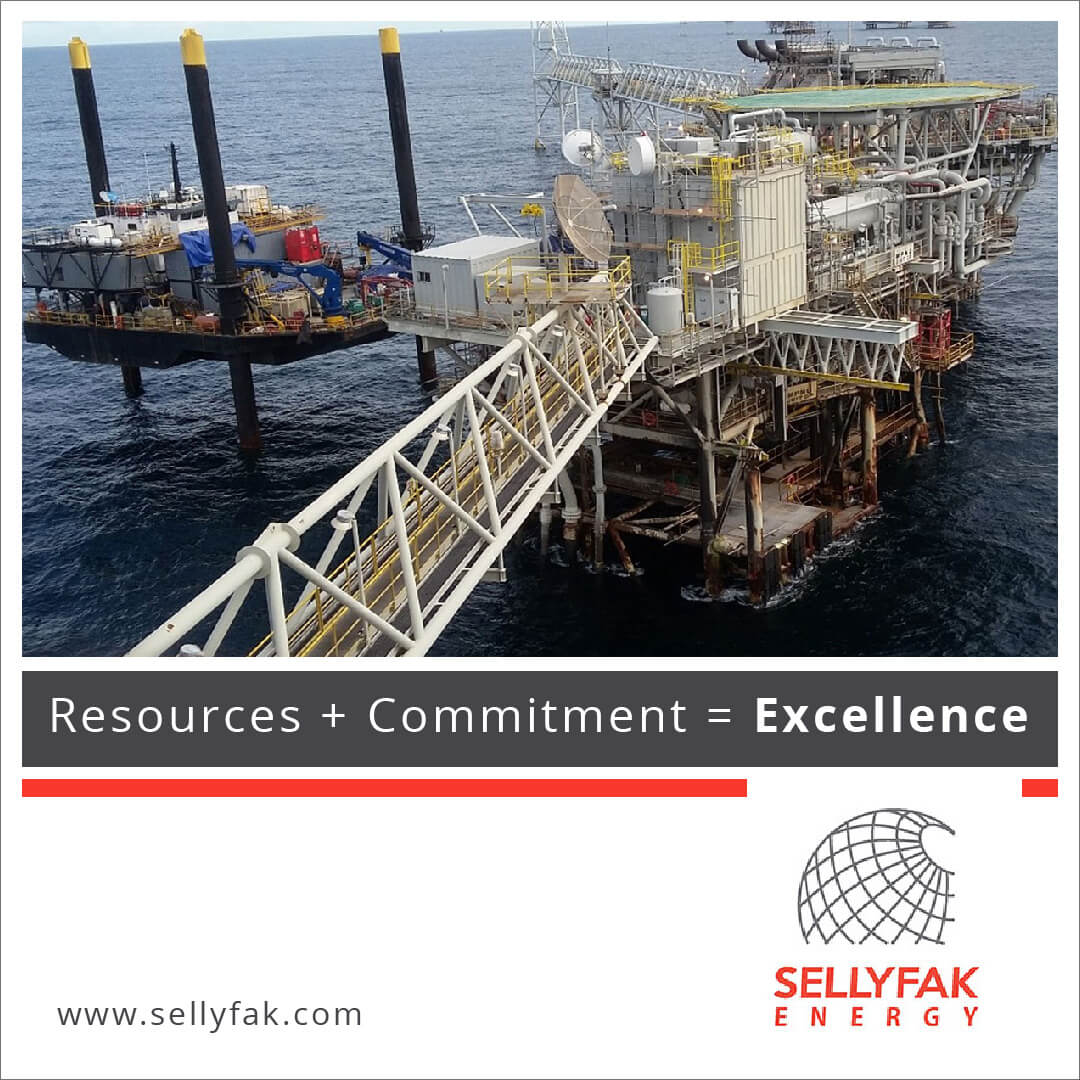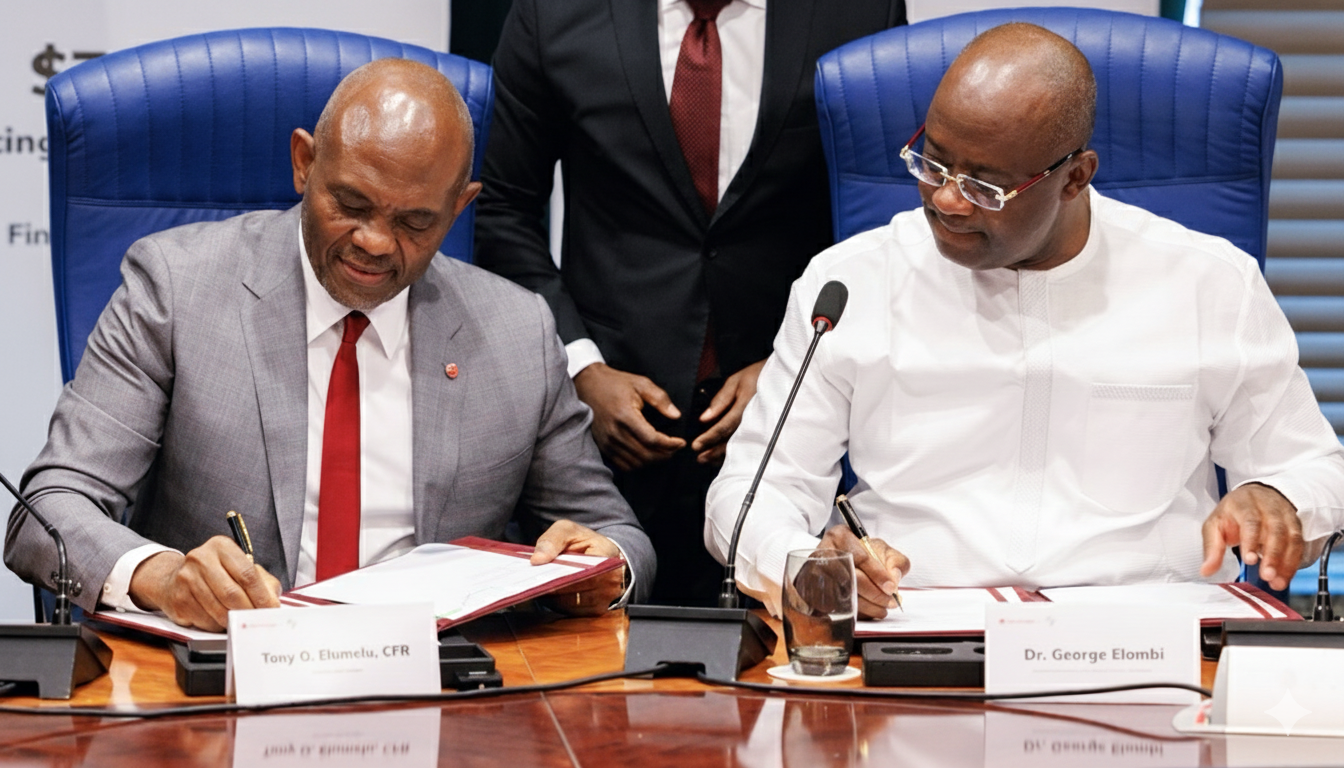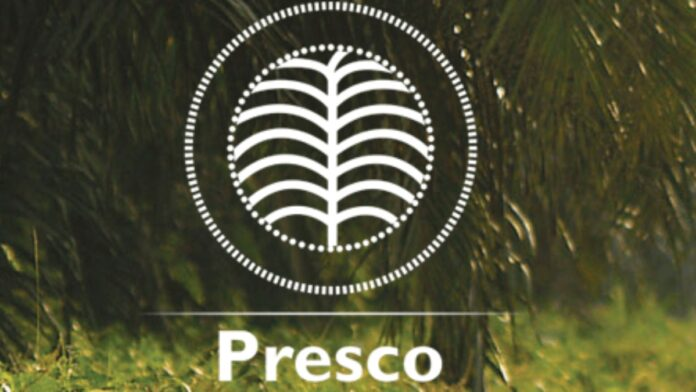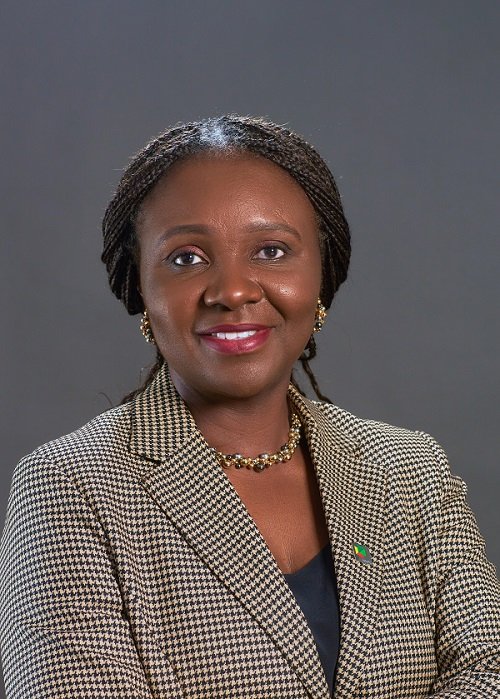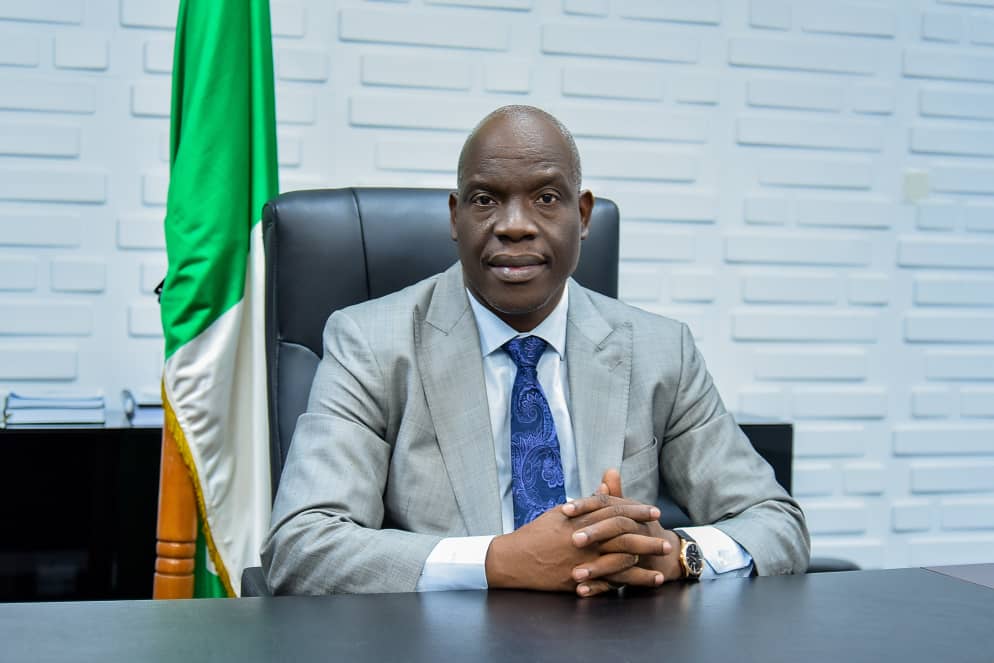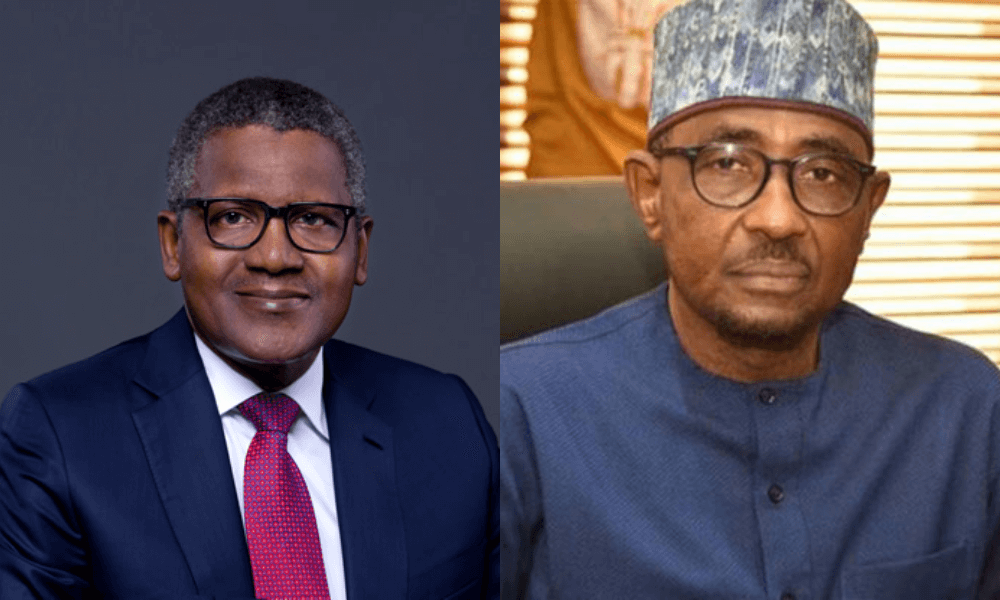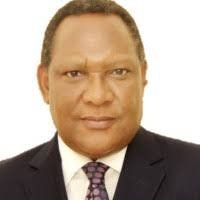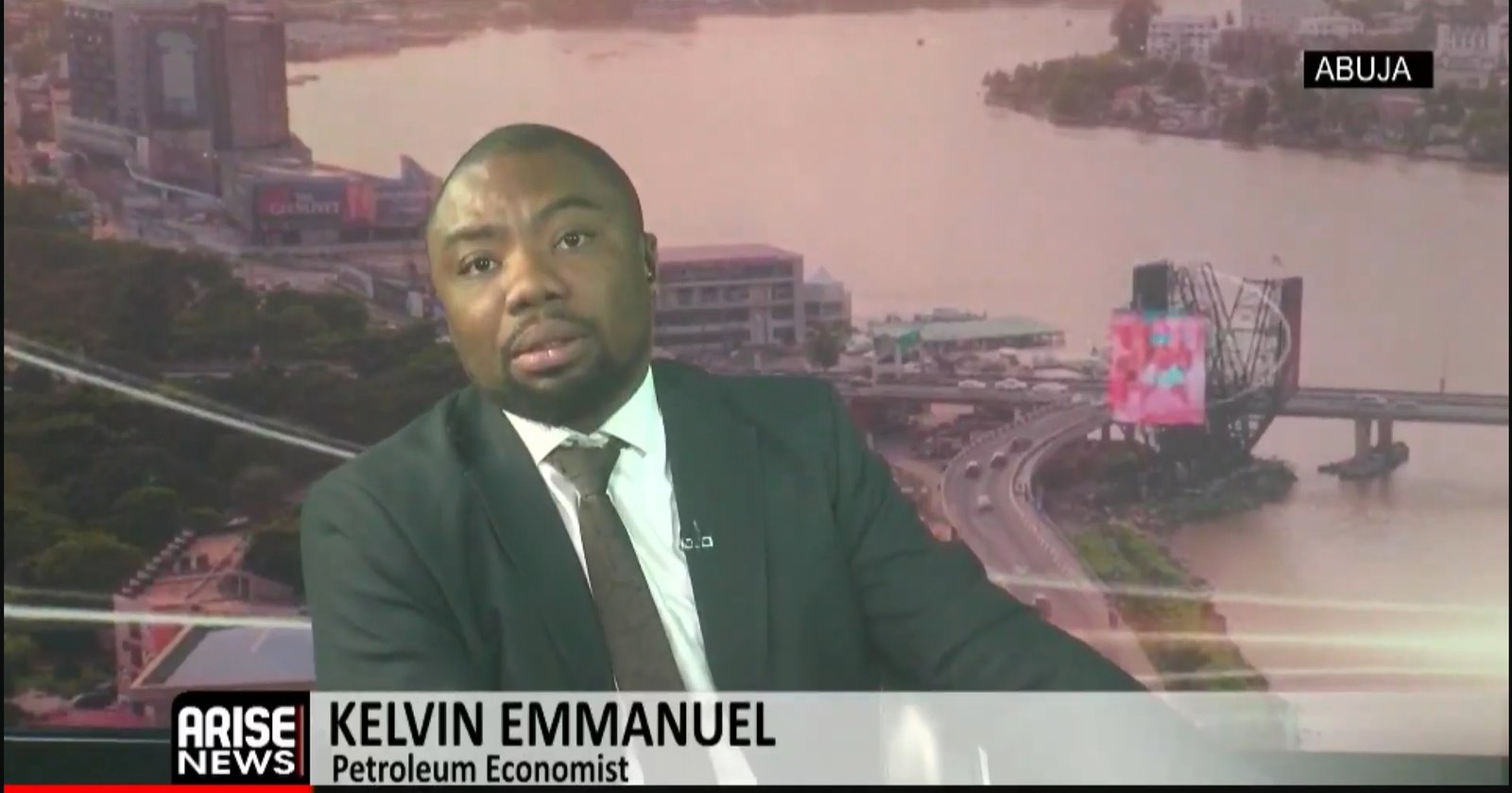The Nigeria-Morocco Gas Pipeline has made significant progress, following recent Technical and Steering Committee meetings held in Rabat, Moroco, on July 10–11.
An Intergovernmental Agreement (IGA), defining the rights and obligations of each participating country in the , was adopted in December 2024 during the 66th ECOWAS Summit.
The meetings organised by Morocco’s National Office of Hydrocarbons and Mines (ONHYM) were part of the project’s governance structure and aligned with Memoranda of Understanding signed between national oil companies involved in the initiative. The meetings assessed the current state of the project.
Current State of The Pipeline Project
According to a press release from ONHYM, the project has already achieved several technical, environmental, and institutional milestones.
Notably, detailed engineering studies were completed in 2024. Environmental and social impact assessments (ESIA) and survey studies for the northern section have also been finalised, while those for the southern section from Nigeria to Senegal are still ongoing.
The meeting also witnessed the signing of a new memorandum of understanding between Nigeria’s National Petroleum Company Limited (NNPC), Morocco’s ONHYM, and Togo’s National Gas Company (SOTOGAZ), marking Togo’s official entry into the project. This finalises the network of partnerships with all countries along the pipeline’s path.
Nigeria-Morocco Gas Pipeline Project
The Nigeria-Morocco Gas Pipeline Project is designed to transport 30 billion cubic meters of gas annually and will span 13 African countries.
The pipeline will begin in Nigeria and run along the Atlantic coast through Benin, Togo, Ghana, Côte d’Ivoire, Liberia, Sierra Leone, Guinea, Guinea-Bissau, Gambia, Senegal, and Mauritania, before reaching Morocco. From there, it will connect to the existing Maghreb-Europe Pipeline and extend into European gas networks. Additionally, it is expected to supply gas to three landlocked countries: Niger, Burkina Faso, and Mali.
Initiated by King Mohammed VI of Morocco and Nigerian President Bola Ahmed Tinubu, the project is envisioned as a driver of African development. Officials have reiterated their commitment to the project, which they believe will deliver transformative economic and social benefits to all 13 participating countries.








